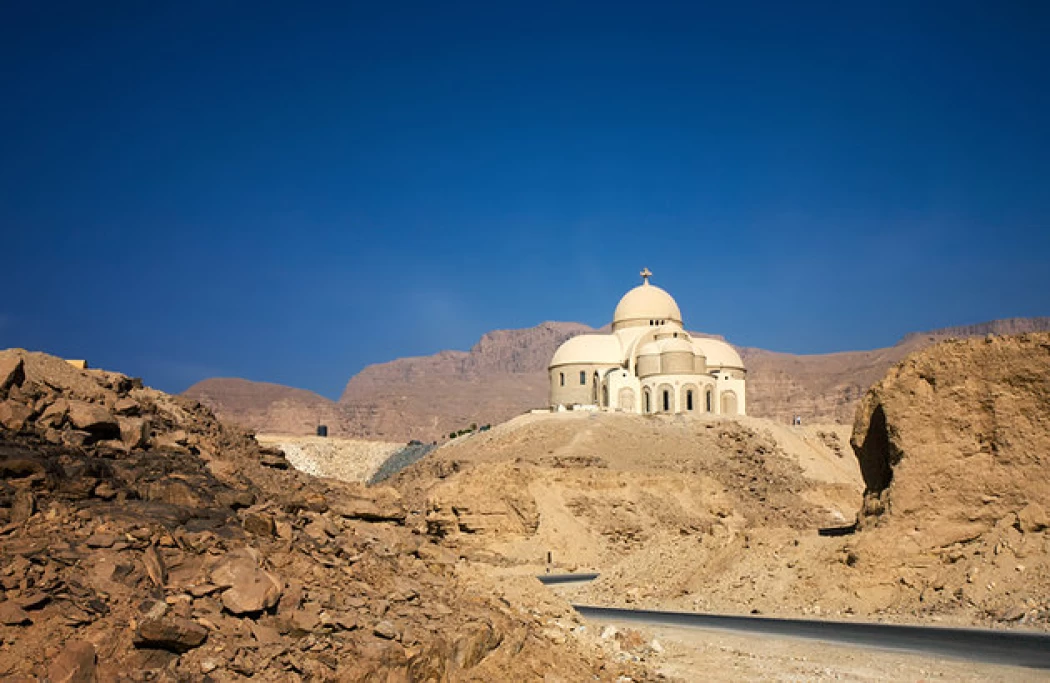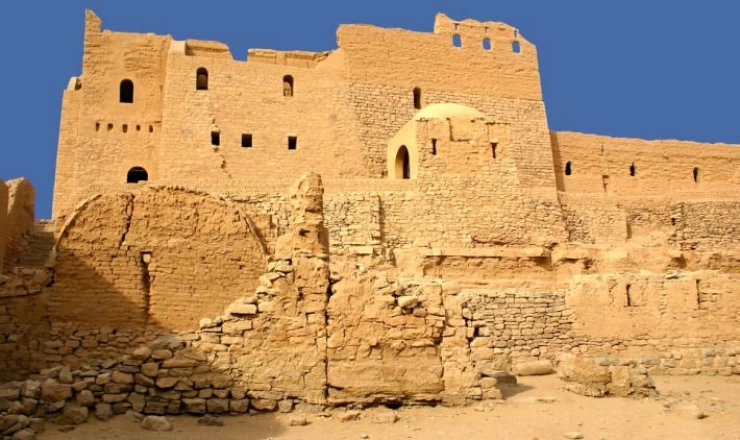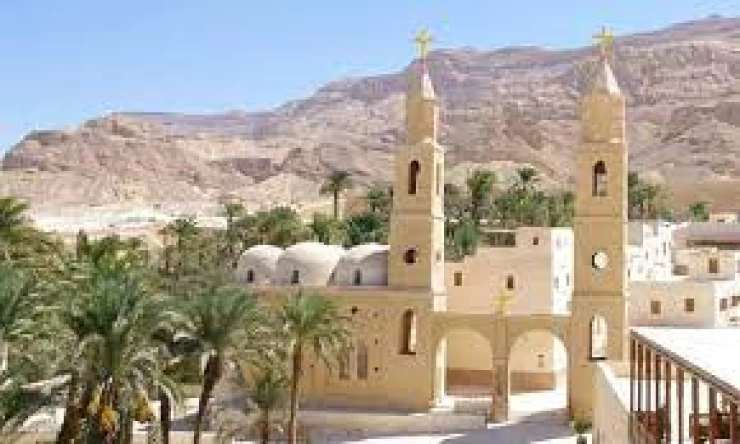
Monastery of Saint Paul
Monastery of Saint Paul
Originally from Alexandria, Saint Paul - not to be confused with the Apostle Saint Paul - was a member of a wealthy family. At the age of only 16, he retired to the desert, tired of the persecutions by the Romans, becoming the first hermit known.
According to the legend, when Paul died, it was Saint Anthony who made the long journey through the mountains to give him a burial.
The two monasteries are still connected today by a steep road and, even if the two caves are less than 40 km away in line with the area, the route on the ground exceeds 80 km.
It is possible to follow the feat of Saint Anthony and walk the rocky heights between the two monasteries but it takes two days to complete the journey, so it is important to equip yourself with tracking equipment.
The monastery of Saint Paul is built around the cave where he lived for decades. The cave of ST. Paul is located inside the church, full of altars, candelabra, icons, and frescoes. Ostrich eggs hang from the attic of the chapels, symbolizing the resurrection. In the cave, there is a sarcophagus that is believed to contain the relics of the saint.
Beyond the church, the imposing five-story tower is certainly of interest, supplied with water through a hidden canal, which served to protect the monks from the incursions of the Bedouins.
The best way to reach the Monastery of Saint Paul is to rely on organized trips or rent an off-road vehicle. There are connections from Cairo, Beni Suef, or Hurghada, with the destination Zafarana. From Zafarana take the road to the monastery, located about 13 km inland.
















